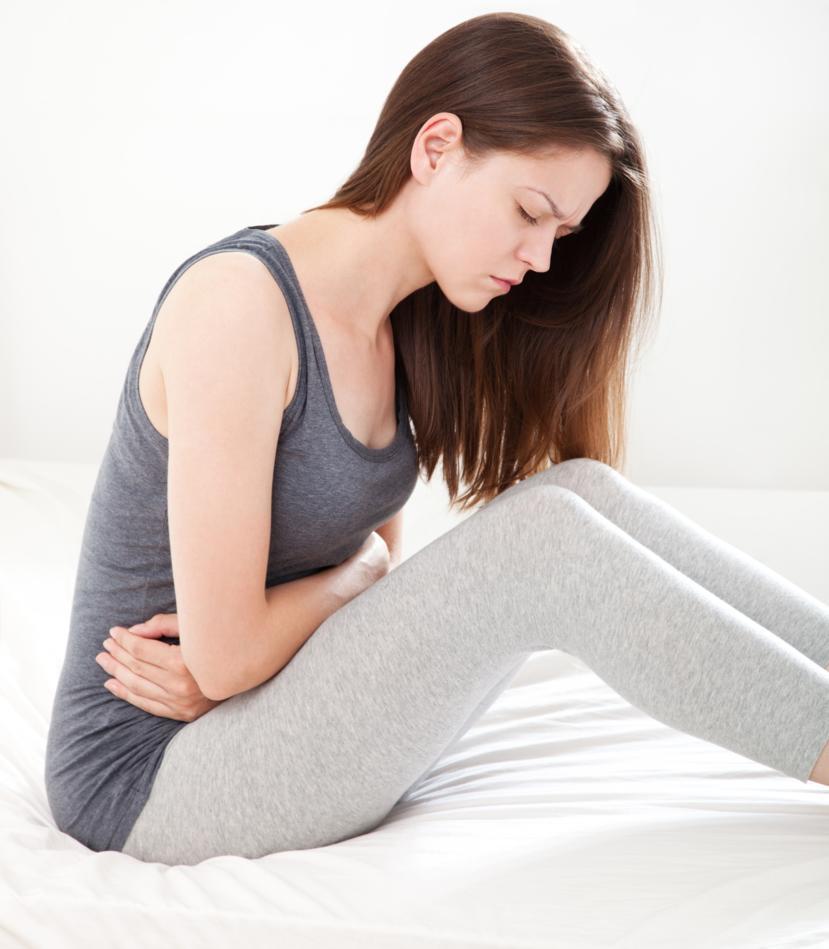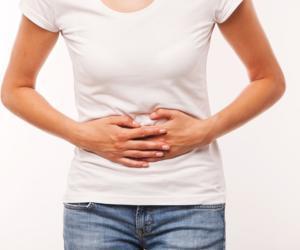What Causes Gallstones?

Overview
Many people with gallstones are not aware of their condition. Gallstones are hard substances that are formed in the gallbladder. They are mainly composed of cholesterol, bilirubin, and bile salts. The stones are of different sizes ranging from a sand particle to a golf ball.
Symptoms of Gallstones
You will most likely not experience any signs if you have gallstones. That is why they are also known as "silent gallstones". You won’t necessarily feel any pain, not unless the stones block the common bile duct. However, the stones can be detected after an X-ray or abdominal surgery.
A few people with these stones may develop symptoms. The usual one is an intense pain in the upper right section of your abdomen. The pain gradually radiates toward the back and shoulders. Other signs that suggest the presence of gallstones include:
- Nausea
- Vomiting
- Clay-colored stool
- Fever
- Jaundice (yellowing of the skin and the white part of your eyes)
Types of Gallstones
There are two types of gallstones that can develop in your gallbladder. They are:
- Cholesterol Gallstones - Recognized by their yellow color, cholesterol gallstones are the popular ones. Although they can be composed of other components, they are mainly made of undissolved cholesterol. They are the most common type, which accounts for 80 percent of gallstones.
- Pigment Gallstones - These stones are determined by their black or dark brown color. These types of stones develop when there is excess bilirubin in your bile. These stones are smaller in size. Pigment stones are more common in people with certain medical conditions such as liver cirrhosis or blood diseases such as sickle cell anemia.
Causes of Gallstones
In most cases, gallstones appear as a result of an imbalanced chemical mix-up of bile in the gallbladder. The liver is the organ that is responsible for the secretion of bile, which helps in the process of digestion. Listed below are some of the factors that are believed to be the cause of the formation of gallstones:
- High cholesterol levels
- High levels of bilirubin
- Bile's chemical imbalances
- A history of gallstones in the family
- Diabetes
- Rapid weight loss
- Fasting
Obesity is also one of the reasons for the formation of gallstones. Gallstones can also happen if the gallbladder finds difficulties in emptying the bile. There are ethnicities that are more prone to develop specific diseases. When it comes to gallstones, American-Indians and Mexican-Americans are more prone to develop gallbladder problems.
The People at Risk
The following are the people who are more prone to developing gallstones:
- Women - Especially if they have given birth before, taking pills, or if they are under a high-dose estrogen medication.
- Obese or overweight - Obesity can raise your cholesterol level, which will make it difficult for the gallbladder to empty completely.
- 40 years old and above - The more you become older, the more chances you will develop gallstones.
- People with liver problems - Complications that affect the bile's flow such as liver cirrhosis, obstetric cholestasis, or primary sclerosing cholangitis.
Other Risk Factors
- Have an irritable bowel syndrome (IBS) or Crohn's disease
- A family history of gallbladder problems
- Have lost weight in the past
- If you are taking ceftriaxone (an antibiotic)
- If you have diabetes and have high levels of triglycerides (a type of body fat)
Complications
- Bile duct obstruction- The bile duct that connects the liver to the gallbladder and into the small intestine can be blocked due to gallstones. This blockage can cause jaundice and bile duct infection.
- Cholecystitis or inflammation of the gallbladder - Gallstones can cause inflammation in the gallbladder. It also causes severe pain and fever.
- Blockage of the pancreatic duct - The pancreatic duct is a tube that runs from the pancreas to the common bile duct. Pancreatic juices, which aid in digestion, flow through the pancreatic duct. A gallstone can cause a blockage in the pancreatic duct, which can lead to the inflammation of the pancreas (pancreatitis). Pancreatitis causes an intense and constant abdominal pain.
- Gallbladder cancer - Those with gallstones will have more chances of developing cancer in the gallbladder.
How are gallstones treated?
You can either improve the condition you are in by taking medications or have your gallbladder removed through surgery.
- Surgery - The first option is always surgery if you are experiencing many gallstone symptoms. The most common surgery that your doctor will recommend is the laparoscopic surgery. A small device will then be inserted carefully into one of the cuts to get rid of your gallbladder. After surgery, you will be allowed to go home if you don't show signs of complications. When the gallbladder is removed, bile flows directly from the liver and into the small intestine. However, sometimes, diarrhea is experienced by people after the surgery. Because bile no longer accumulates in the gallbladder, the quantities of the digestive fluid cannot be stored and used to break down fats after a fatty meal. This condition is not considered serious, however, it can be corrected by simply limiting your dietary fat intake.
- Medications - If you do not prefer surgery, you can use medications to dissolve the stones. Gallstones usually develop as a result of excess cholesterol. However, it can take a long time to completely get rid of the gallstones through medication.
- Shock wave lithotripsy - As an alternative treatment, shock wave lithotripsy is used. Shock wave lithotripsy is a medical procedure involving the physical destruction of the gallstones.
- Extracorporeal shock wave lithotripsy (ESWL) - ESWL is a noninvasive treatment of urinary calculi (kidney stones) and biliary calculi (stones in the gallbladder or bile duct) using an acoustic pulse.
How does obesity increase my chances of having gallstones?
People who are obese, especially women, have a higher risk of developing gallstones. Obesity increases the cholesterol content of bile that will result in stone formation.
Rapid weight reduction, on the other hand, can result in an improper emptying of the gallbladder. People who are obese might have a large gallbladder that does not function well. Research shows that men and women with concentrated fats around their waist have a high chance of gallstone formation, unlike people who have fat in other areas of their bodies like their hips or thighs.
A gradual weight reduction over a certain period of time will greatly improve one’s health and self-image.
How should I safely lose weight and reduce my chances of getting gallstones?
Experts recommend a weight reduction of between 1/2 to 2 pounds every week as opposed to losing weight fast, as doing so might cause gallstone development. The more frequent you eat, the less bile sits in the gallbladder, reducing cholesterol in the bile. Eat a diet that will lower the risk of gallstone development such as:
- Foods rich in fiber (oats, brown bread, and wheat bread)
- Less sugar and refined grains
- Consuming healthy fats (olive oil and fish oil) that will assist the gallbladder in emptying and contracting on a regular basis.
Having regular workouts will also enhance one’s health and reduce the chances of gallstone development. Consult your healthcare provider to achieve an effective diet and workout plan for reducing weight. You will also get to discuss the available eating and workout programs, in-line with your medical history.












